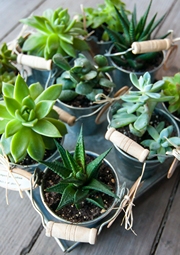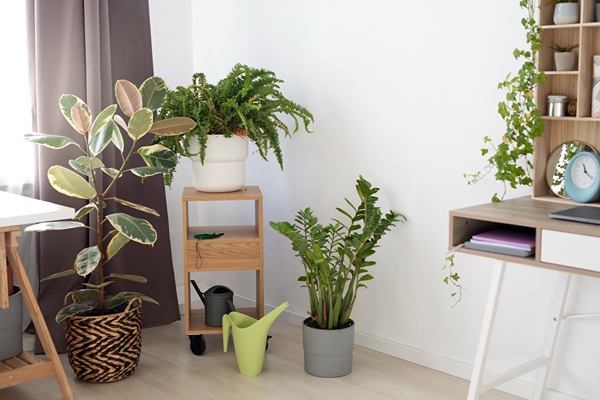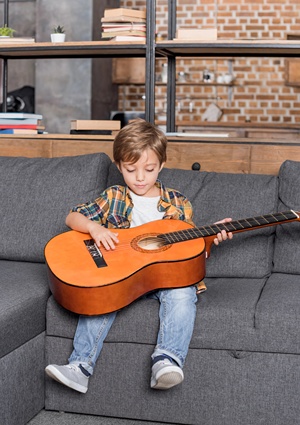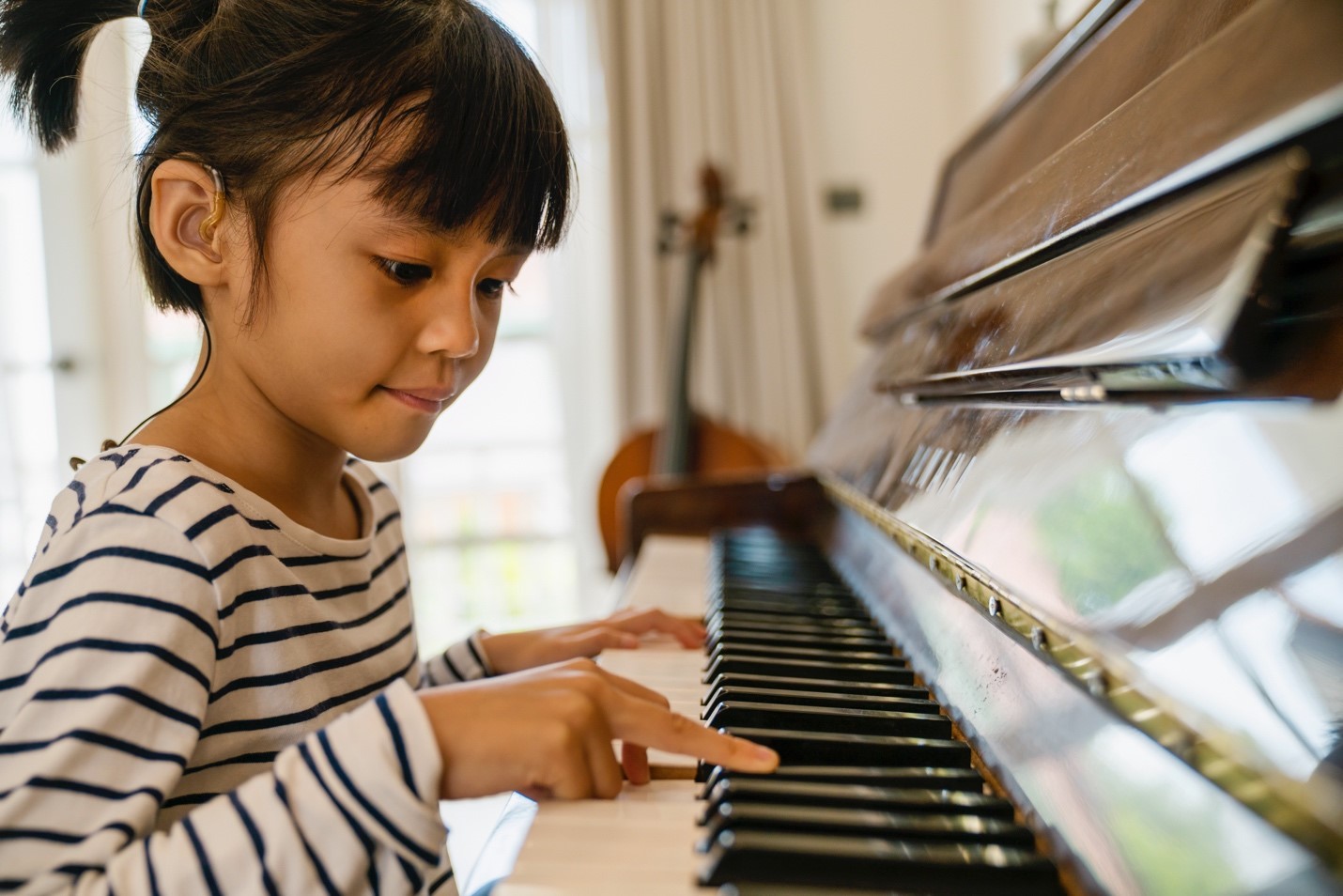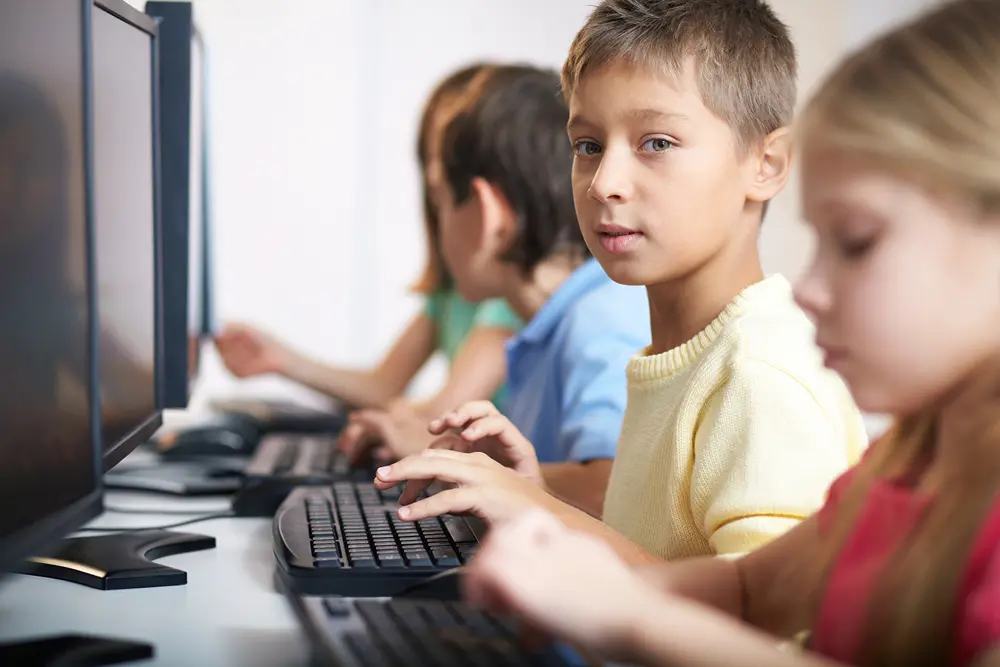10 Hidden Areas in Your Home That Deserve Professional Cleaning Attention
Think your home is clean? You might be surprised by the hidden dirt and grime you’re missing. When it comes to cleaning your home, most of us do the regular stuff like vacuuming, dusting, and cleaning the bathrooms. But there are areas in your home that go unseen and need special attention.
These areas can accumulate dirt, allergens, and bacteria that may not be visible but can affect your home’s hygiene and your family’s health. That is where expert cleaning services can help. They offer outstanding cleaning solutions for homes and businesses, making every corner look clean, hygienic, and welcoming.
Professional cleaners use eco-friendly products to maintain a safe and clean environment, whether you need deep cleaning services or regular cleaning. They deliver results that exceed your expectations. If you’re wondering which areas of your home need professional help, here’s a guide to the 10 areas that need extra love.
Carpets and Rugs
Carpets and rugs are breeding grounds for dust, pet dander, dirt, and allergens that vacuuming can’t eliminate. Over time, they collect grime deep within the fibers, making it hard to have a truly clean and healthy living space. Highly skilled cleaning services use deep cleaning methods like steam cleaning to remove these contaminants effectively and extend the life of your carpets and rugs.
Upholstery
Similar to carpets, the upholstery on your couches, chairs, and other furniture can harbor dust, stains, and allergens that are not visible to the naked eye. Professional cleaning ensures that the delicate fabrics on your furniture are treated with the right solutions to remove grime without causing damage. Regularly cleaning your upholstery will not only make your home look better but also improve indoor air quality.
Windows and Window Treatments
Dirty windows can make your home look dull. But cleaning them isn’t as easy as it seems. Hard-to-reach spots, streaks, and smudges are common issues, and window treatments like curtains and blinds collect dust and allergens. Professional window cleaning services will give you spotless windows and sanitized window treatments so you can let in natural light and have a clean and allergen-free environment.
Kitchens (Beyond Surface Cleaning)
You may be diligent about wiping down your counters and cleaning the stove after meals, but there are areas in the kitchen that need professional attention. Grease and food residue can build up on the walls, behind appliances, and in the exhaust fans. These areas are often overlooked during regular cleaning but round rock cleaning services can target these trouble spots to have a truly clean kitchen with eco-friendly products.
Bathrooms (Deep Sanitization)
The bathroom is one of the most important areas of the home in terms of hygiene. While surface cleaning may make it look clean, bacteria and mold can accumulate in hidden areas like grout lines, showerheads, and under the toilet. Professional cleaners use high-grade sanitizers and tools to clean these areas deep so your bathroom is not only visually clean but also germ and bacteria-free.
Baseboards and Moldings
Baseboards and moldings are often forgotten because they’re low to the ground and out of sight. But they collect a ton of dust and grime over time, especially in high-traffic areas. Expert cleaning services can target these areas with specialized tools so your baseboards and moldings look as fresh as the rest of your home.
Tile and Grout
Tile surfaces, especially in bathrooms and kitchens, get stained and grimy over time. The grout between tiles is especially prone to dirt buildup and can be a hot spot for mold and mildew. Regular mopping and scrubbing don’t always get rid of this deep-down dirt. Professional cleaners have the knowledge and equipment to deep clean tile and grout, so it shines like new and prevents long-term damage.
Air Ducts and Vents
Air ducts and vents are often overlooked, but they’re a crucial part of your home’s indoor air quality. Over time, dust, pet hair, and allergens build up in the ducts, which can cause health issues for people with allergies or respiratory conditions. Hiring professional cleaning services to clean your air ducts and vents will improve airflow, increase energy efficiency, and reduce the amount of dust circulating in your home.
Mattresses
You spend about a third of your life on your mattress, but how often do you clean it? Mattresses collect sweat, dead skin cells, dust mites, and allergens, which can affect your sleep quality and health. While vacuuming helps, it doesn’t give you the deep clean that professional services do. A professional cleaning will sanitize your mattress, remove dust mites, and extend its life.
Garage and Storage Areas
Garages and storage areas become catch-all spaces for clutter and dust. Since these areas don’t get as much attention as the rest of your home, they can accumulate dirt, cobwebs, and debris over time. Professional cleaners can help declutter, organize, and deep clean these spaces so they’re functional and stay clean.
Why You Should Consider Professional Cleaning Services
If you have family members who struggle with allergies, regular cleaning is essential for daily maintenance. For homes with immune-compromised individuals, however, certain areas require even deeper cleaning to ensure a healthy and sanitary environment. Round Rock cleaning services have the expertise and specialized tools to handle those hard-to-reach or forgotten areas so your entire home is cleaned top to bottom. Whether you need a one-time deep clean or regular maintenance, professional cleaning can make a big difference in the cleanliness and comfort of your living space.
Get your home cleaned today! Don’t wait until dirt and grime start to affect your health and comfort. Call a professional partner now for Round Rock cleaning services and enjoy the comfort of a clean home. We’ll handle the hard stuff so you can have a shiny, clean space!
Visit the GMB Profile link to learn more about it:
https://maps.app.goo.gl/AAeomvKxpsb1tavp8
MaidforHaven
1701 Oak Hill Ln, Austin, TX, United States
(512) 271-4215


